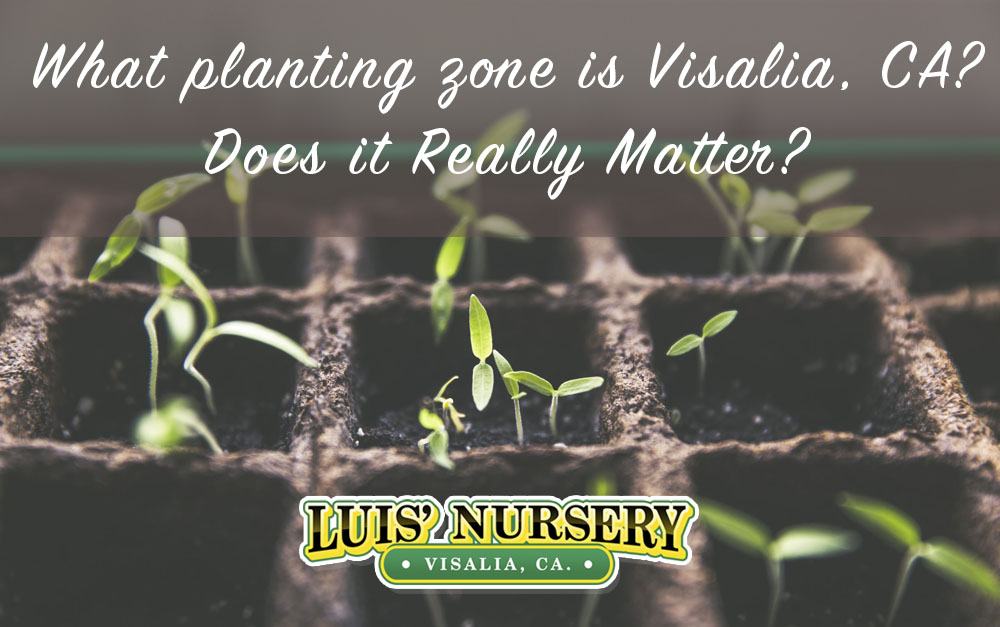We all know the fundamentals of gardening. We are taught early on that plants need light, good soil and proper water. We are educated on the best fertilizers we can use, ideal spots to plant, and which plants are annuals vs. perennials. One thing that some of us don’t realize has a large or even the greatest impact on our gardens is the location, and that means what planting zone you’re in.
Planting zones or growing zones are illustrated on the USDA Plant Hardiness Zone Map. This map divides up the US into areas ranging from 1A to 13B. This map was designed by the USDA for the gardening and agricultural industry to help professional landscapers and farmers know which plants work best in which areas based upon climate. The map matches up plants and the climates they originated in with similar climates in other areas. Knowing this information helps us to determine which plants grow best in each area. Backyard gardeners are reaping the benefits of this map as it helps us all to figure out which plants work best in our individual garden.
Did you know that depending on where you live some plants that are generally perennials will need to be treated as annuals in your area? Knowing your plant zone will impact your gardening success. You don’t want to be spending money and time trying to grow plants that just will not thrive in your garden.
What planting zone is Visalia, California?
We are located in Planting Zone 9B. Zones are divided by ten-degree increments based on winter averages. A and B zones are divided by a 5 degree difference. The temperatures are determined by taking the mean temperatures over a 30-year period. They primarily focus on averages and not extremes. We realize that over time climate change has affected temperatures. A few times in the past the USDA has adjusted zones. Even with a zone change that did not mean gardeners needed to rip out the plants that no longer fit the zone providing they were still doing well.
Climate change can cause us to adjust our planting times to match the new trends. In some cases, plants that were not suitable for an area have become suitable due to warming temperature trends. One downside we see to these climate change trends is that our properties can become invaded by invasive species taking advantage of a warmer climate.
Microclimates are another thing to take into consideration in your area, and maybe in your own landscape. Elevation, wind direction, and amount of sunlight can all affect your local climate. Different areas in your yard might stay warmer or cooler than other spots. What does this mean? Certain plants might thrive in your garden and your neighbor might fight to keep them alive, in the very same zone. Just take note of your garden and you can track which areas tend to heat up the fastest or stay the warmest.
So, how do we use the fact that we live in Zone 9B to our advantage? More on that in our next article. Please, also feel free to stop on by our nursery with any questions or concerns. We would love to chat.

